Around the Classrooms
Year 5/6V

Around the Classrooms
Year 5/6V
Reading
This week, the Grade 5/6V students have been developing their reading comprehension skills through reciprocal reading roles. We have been practicing making predictions about texts using our prior knowledge and context clues to anticipate what might happen next. We have also focused on identifying confusing words to clarify meaning. We have engaged in thoughtful discussions by asking meaningful questions about the texts we read, deepening our understanding. Additionally, we have been making connections between the text and our own experiences, other books, or world events. A key focus has been identifying the main idea in a text by recognising key points in paragraphs or chapters and explaining what the text was mostly about. To build summarising skills, we have worked on identifying the most important points and expressing them concisely in our own words. Our reciprocal reading roles are:
-Predictor
-Clarifier
-Questioner
-Main idea
-Summariser
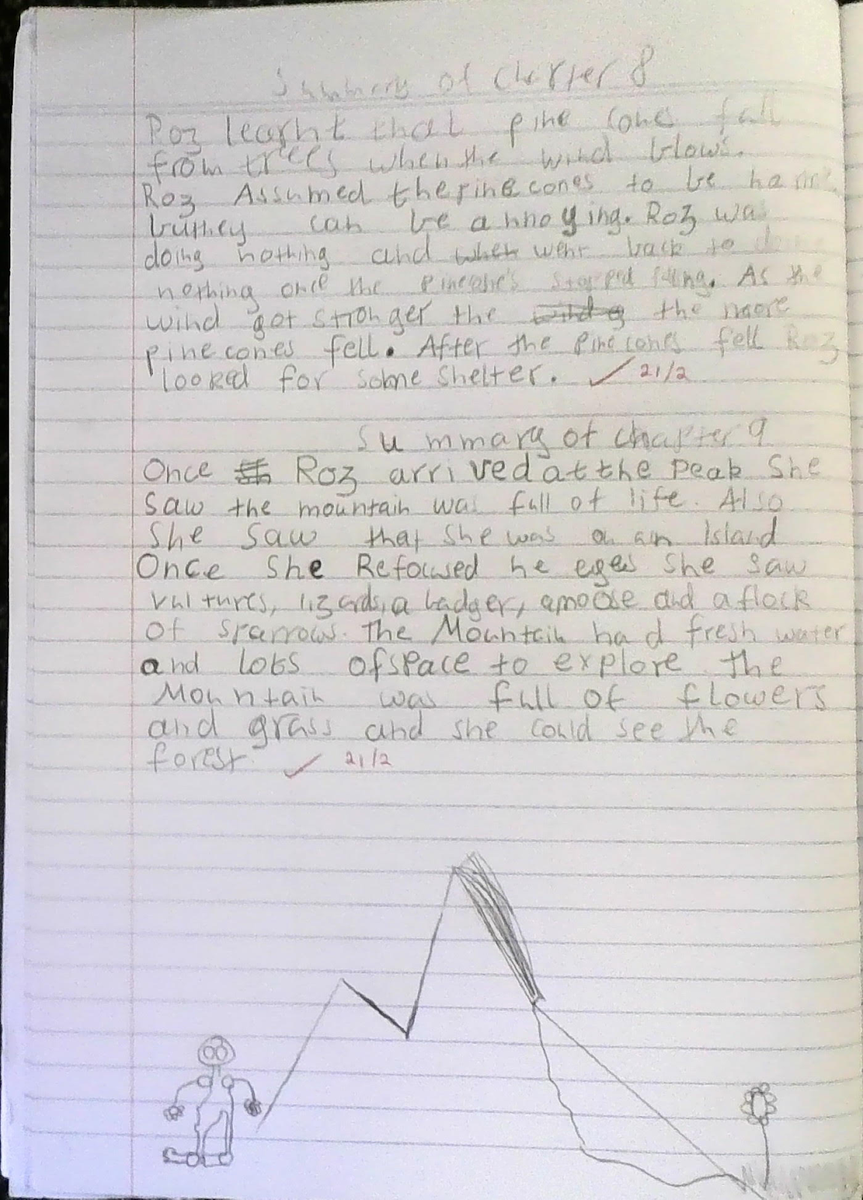
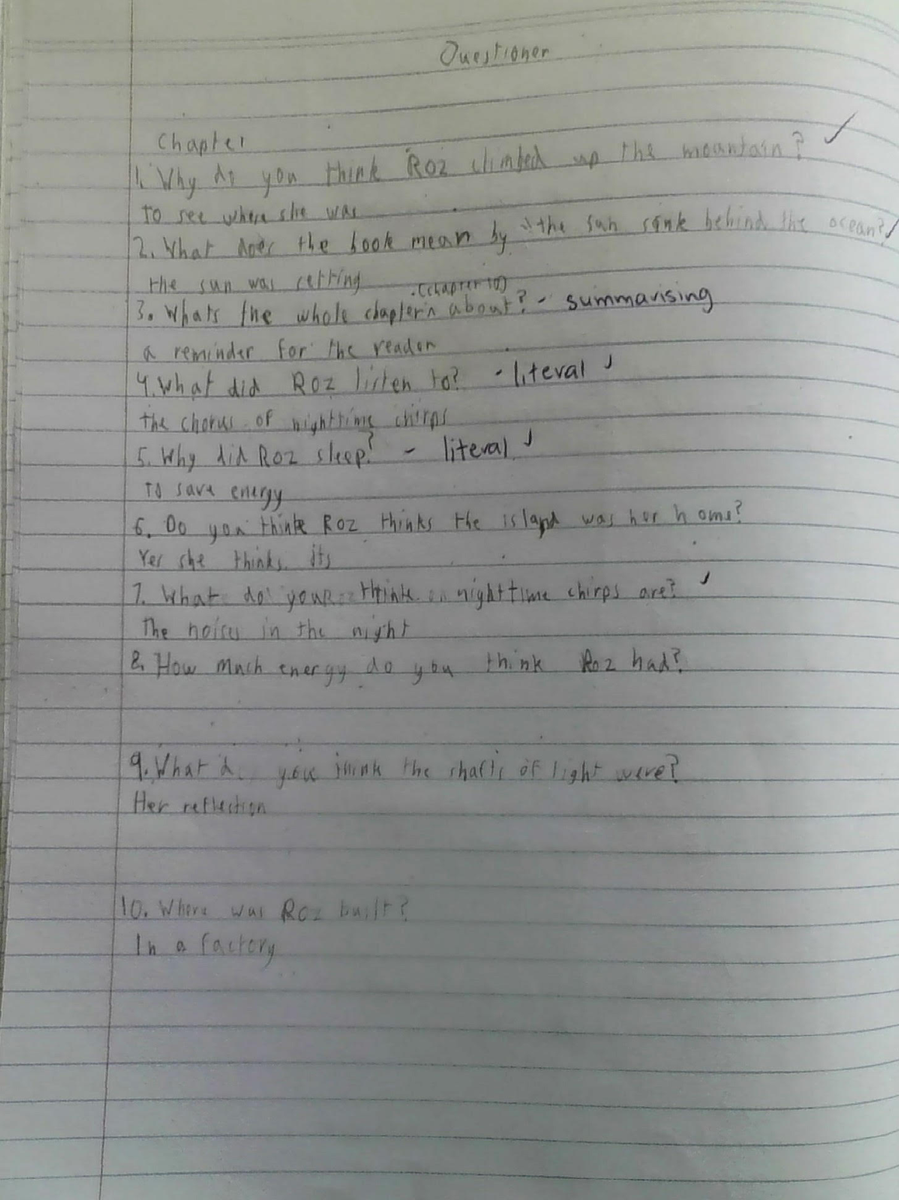




Writing
In writing, we have been learning how to craft persuasive texts effectively. We explored how every argument has two sides and practiced considering different perspectives before forming our own opinions. We worked on two separate persuasive pieces, each on a different topic, allowing us to refine our ability to construct convincing arguments. We learned to use persuasive techniques such as emotive language, rhetorical questions, strong evidence, and powerful word choices to make our writing more compelling and engaging for the reader.
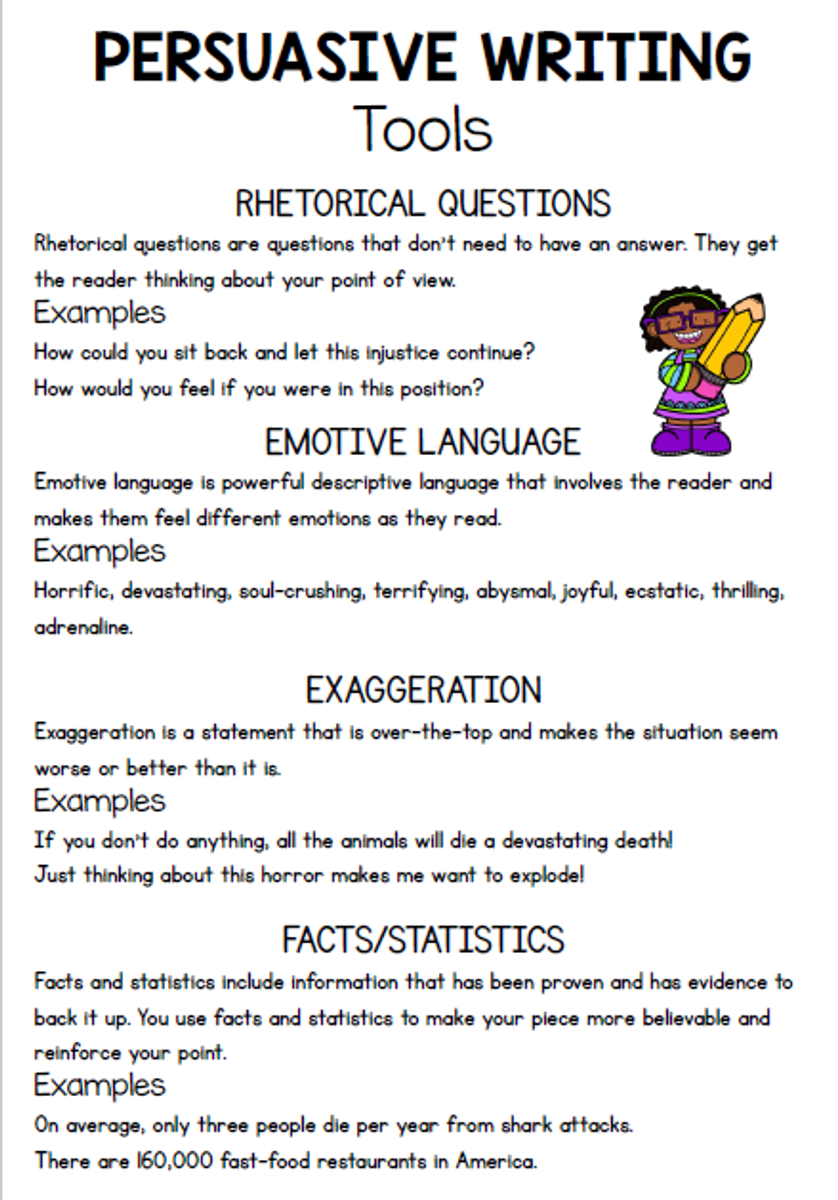
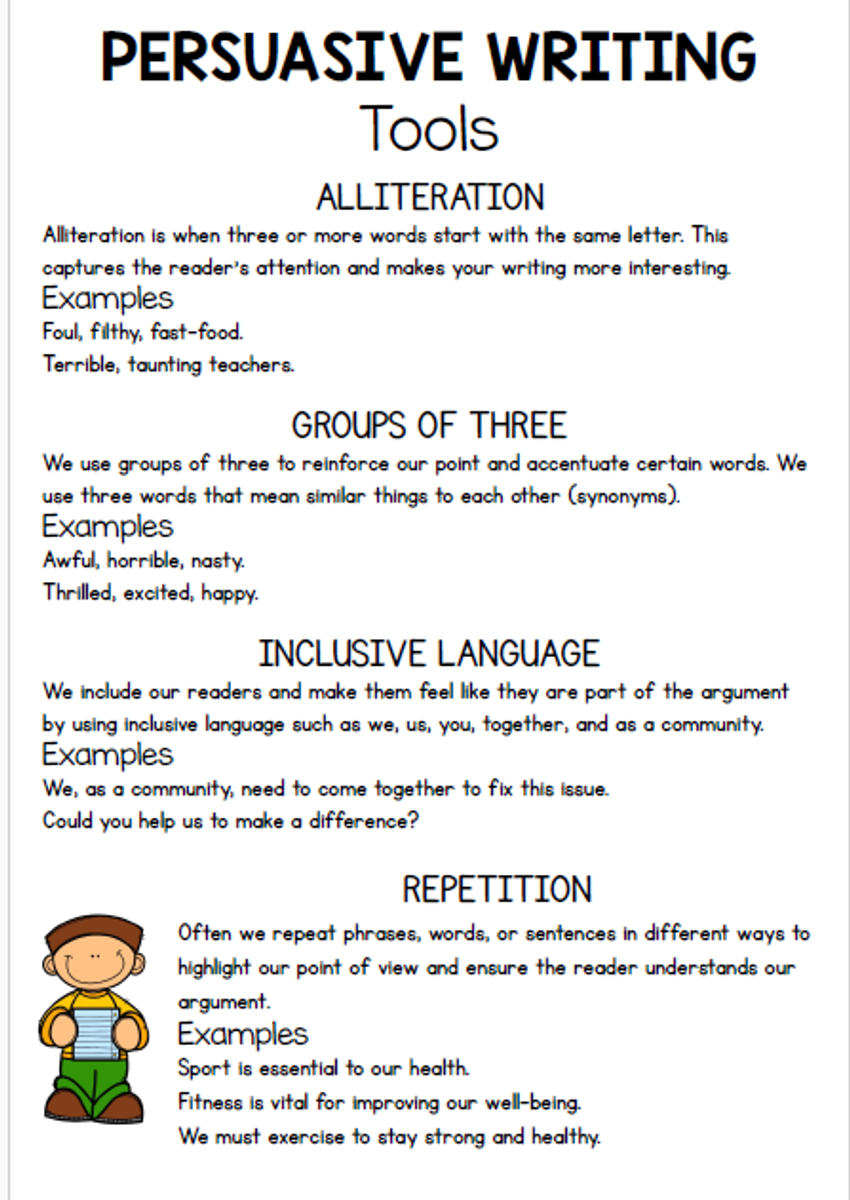


Here are some persuasive pieces made by some students in our class:
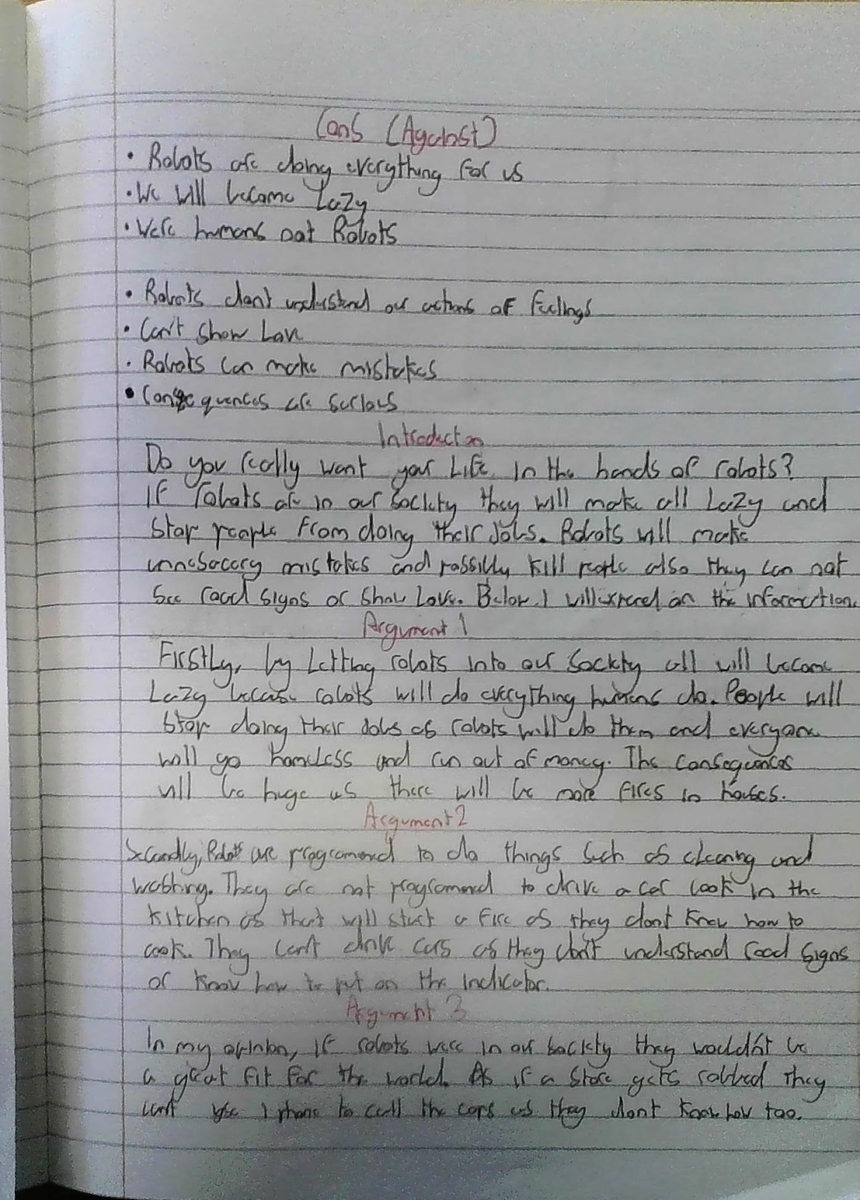
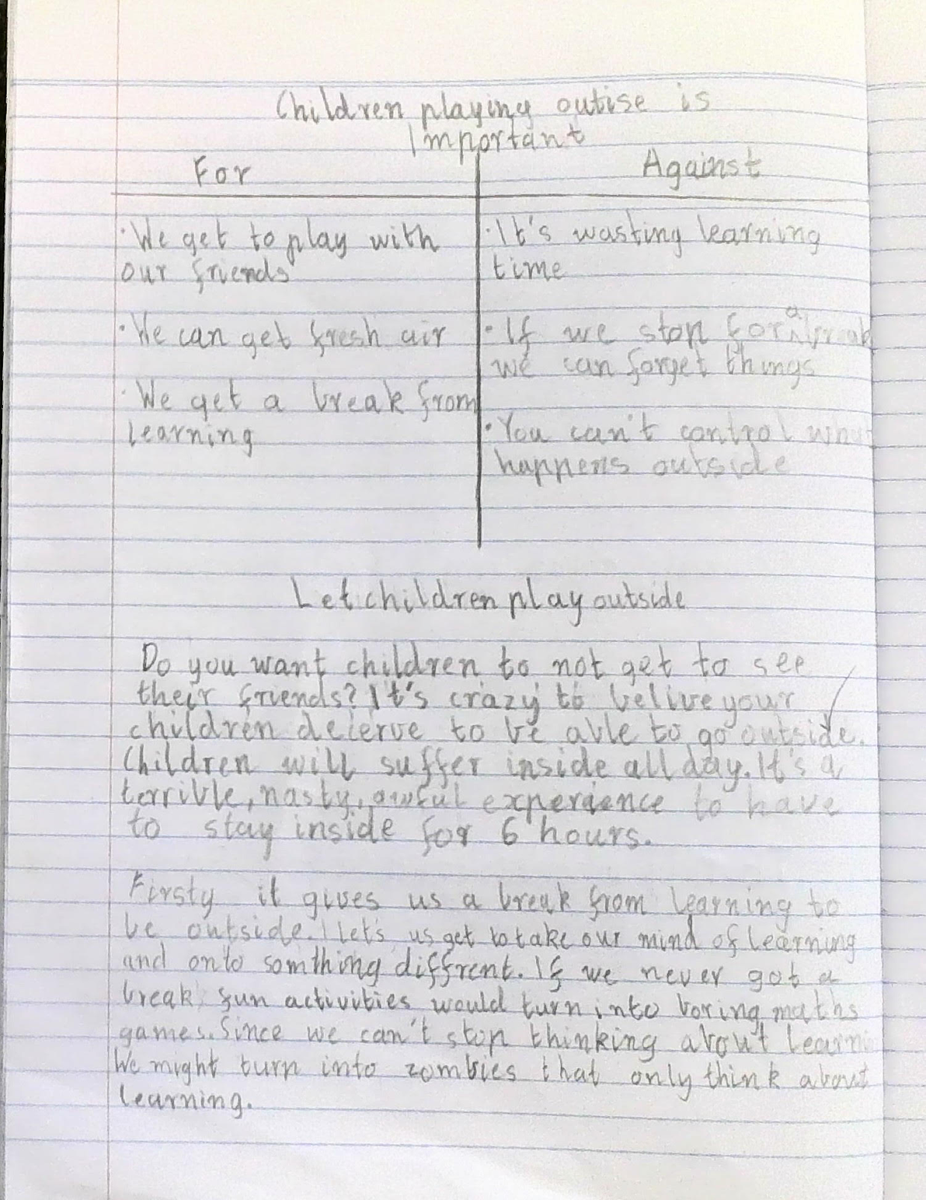


Maths
This week in Maths, the Grade 5/6 students have been deepening their understanding of number properties through engaging activities and problem-solving tasks. We have been learning to identify factors and multiples of numbers by creating and applying algorithms, helping us recognise patterns and relationships between numbers. A key focus has been finding the lowest common multiple (LCM) and highest common factor (HCF) of two or three numbers, allowing students to develop efficient strategies for comparing and analysing number sets. Additionally, we have explored the differences between prime and composite numbers, using various methods to determine whether a number has only two factors (prime) or multiple factors (composite).
Factors example:
Factors of 24
1, 2, 3, 4, 6, 8, 12, 24
Factors make up a number by multiplying it by another number to make the product. In this case, our product is 24 and these are
The numbers used to make it.
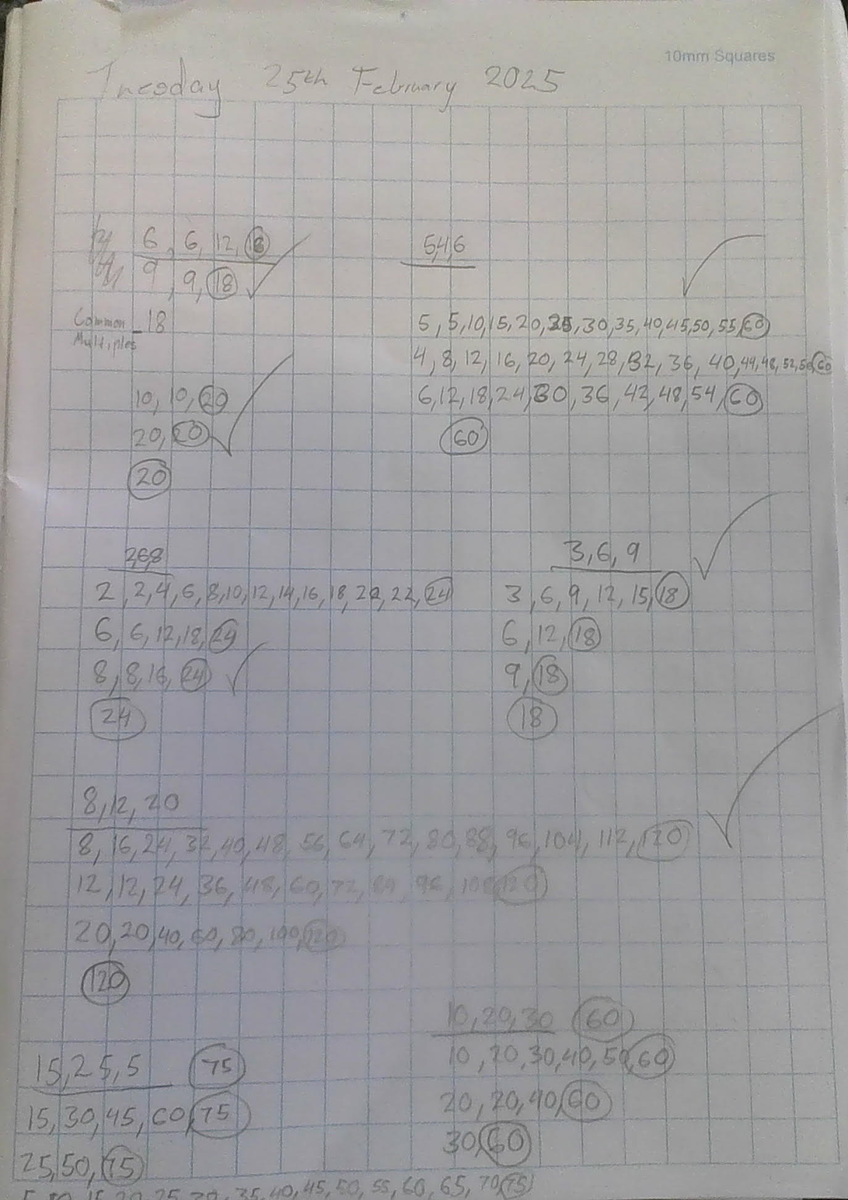
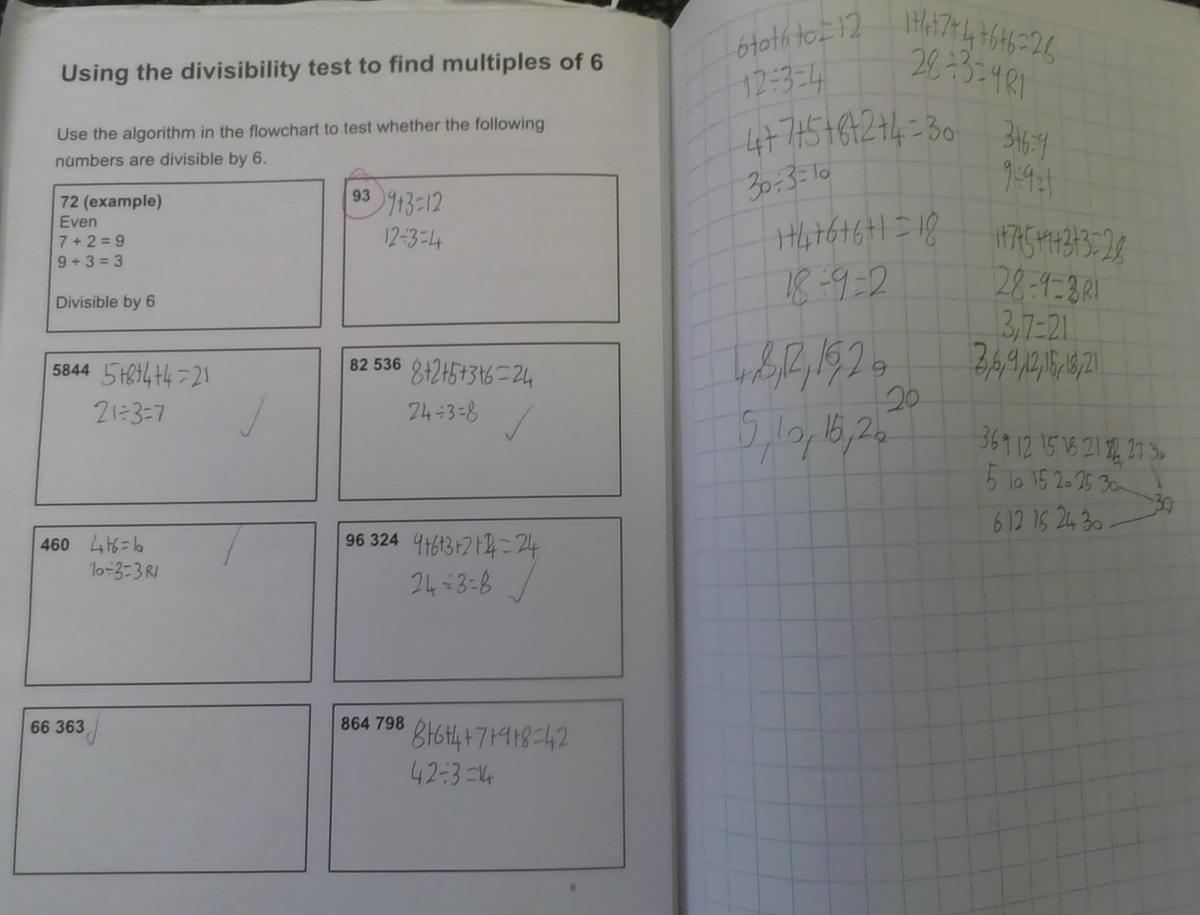


By Alannah R, David E, Sierra G, and Ryan S
Gabi Vass - Year 5/6 teacher